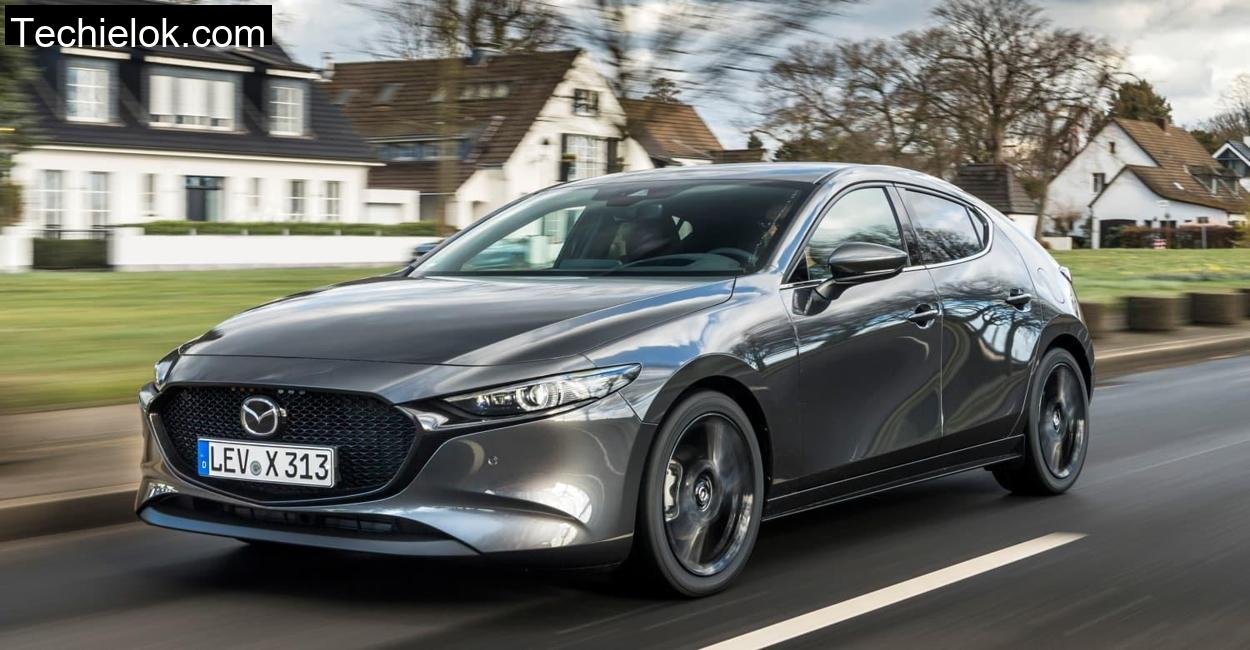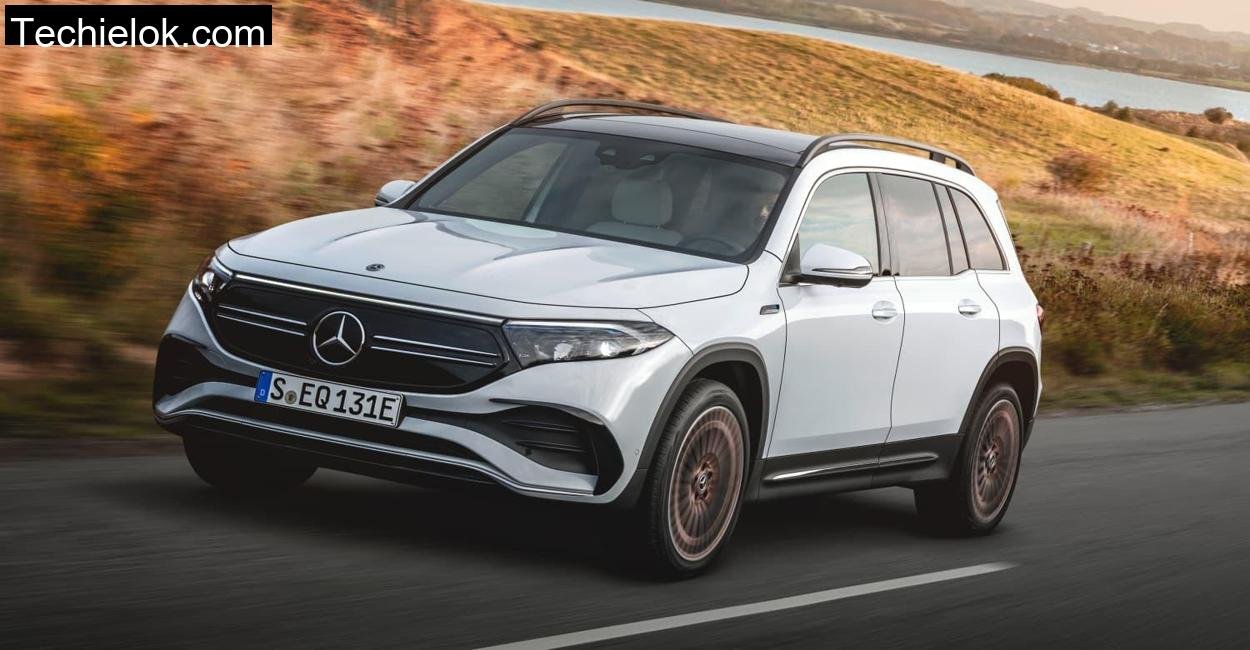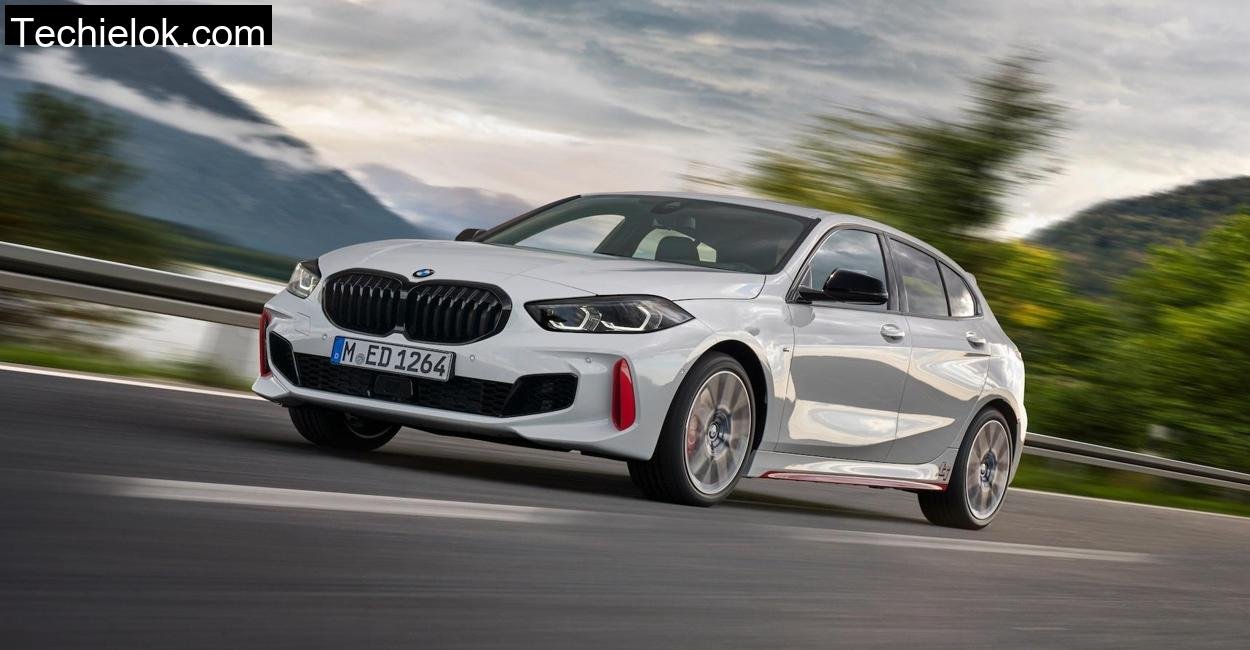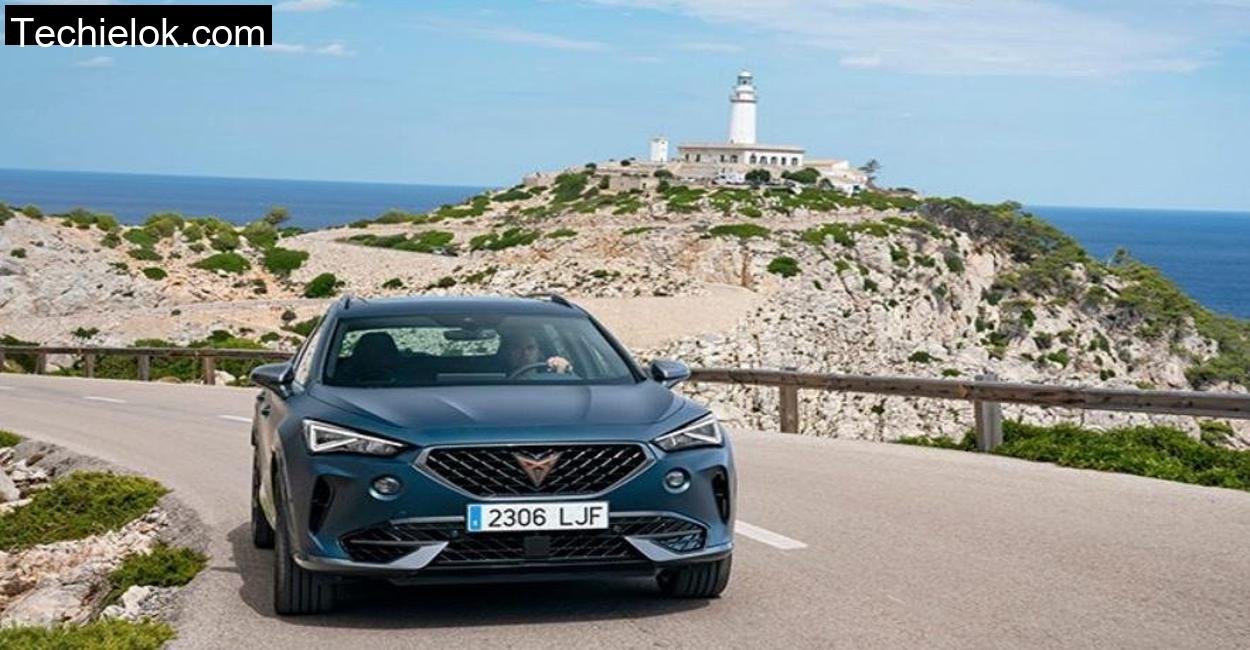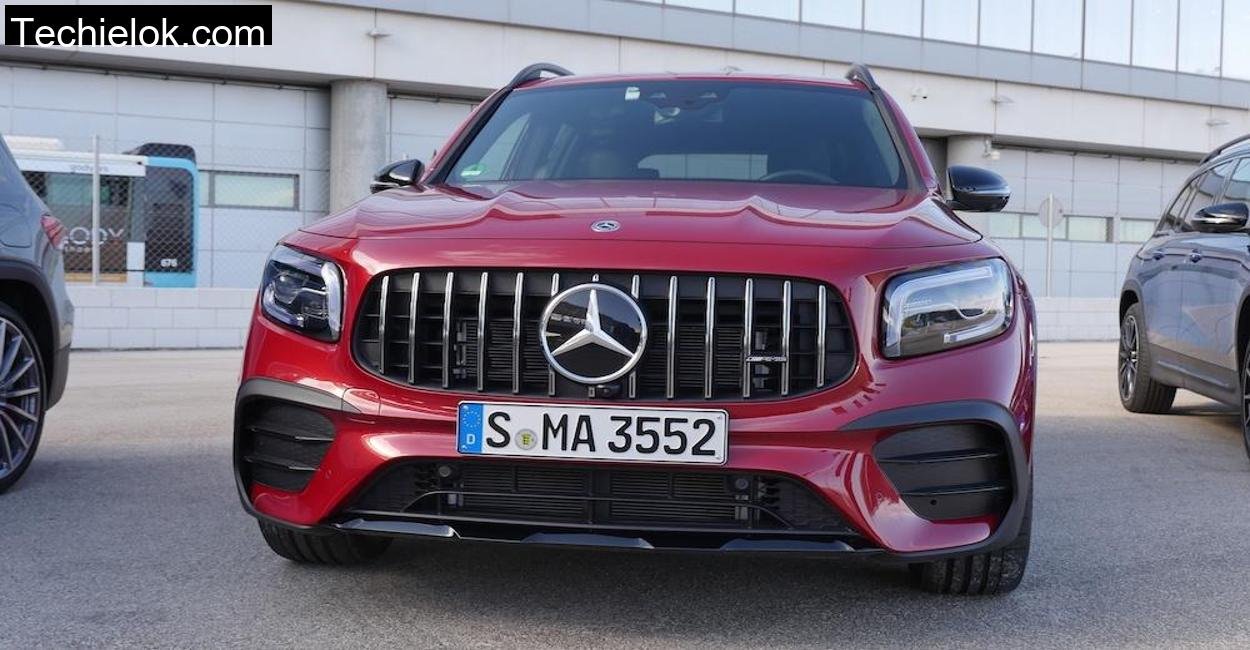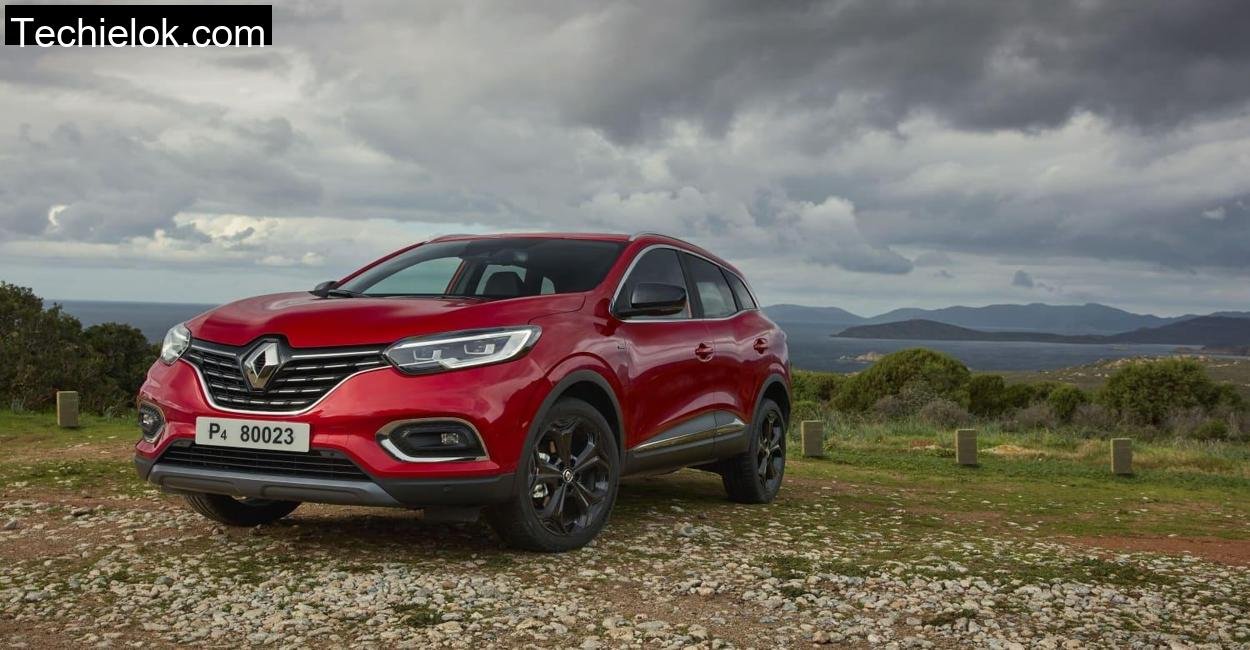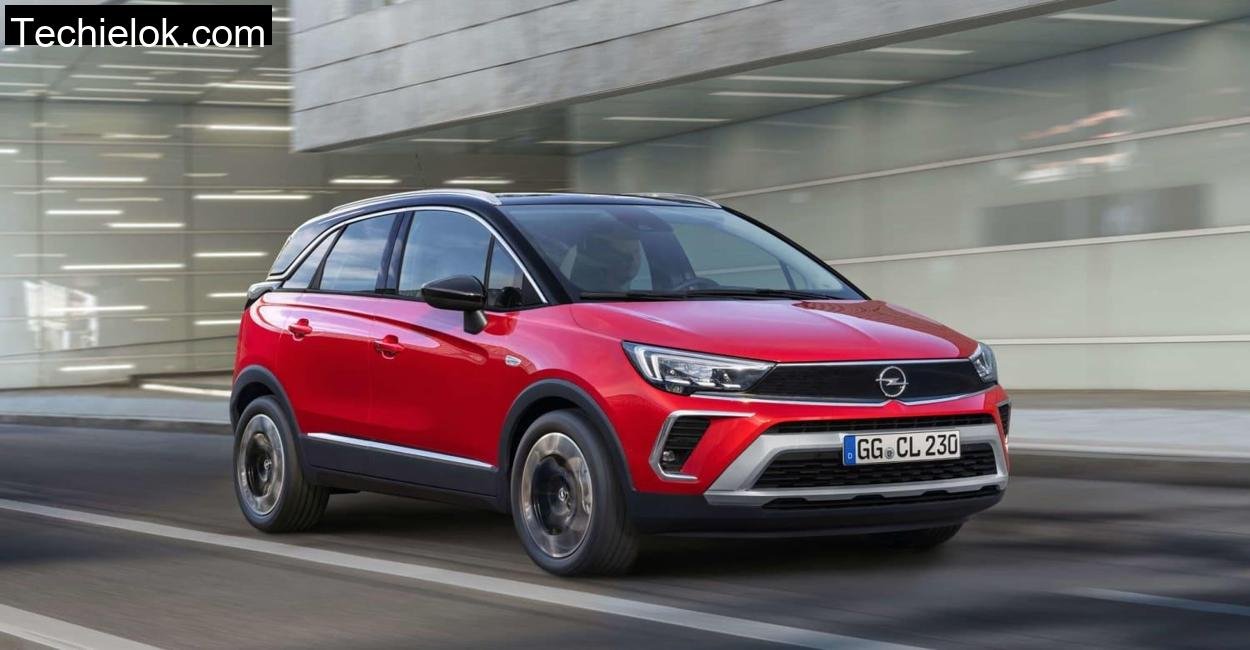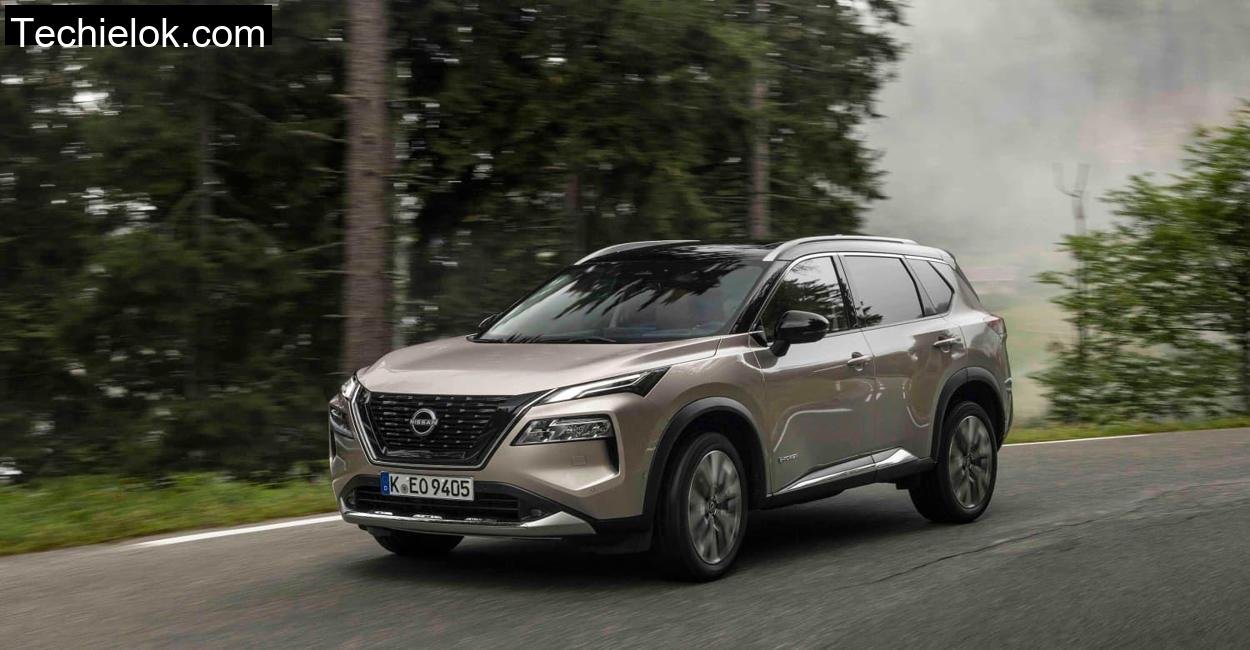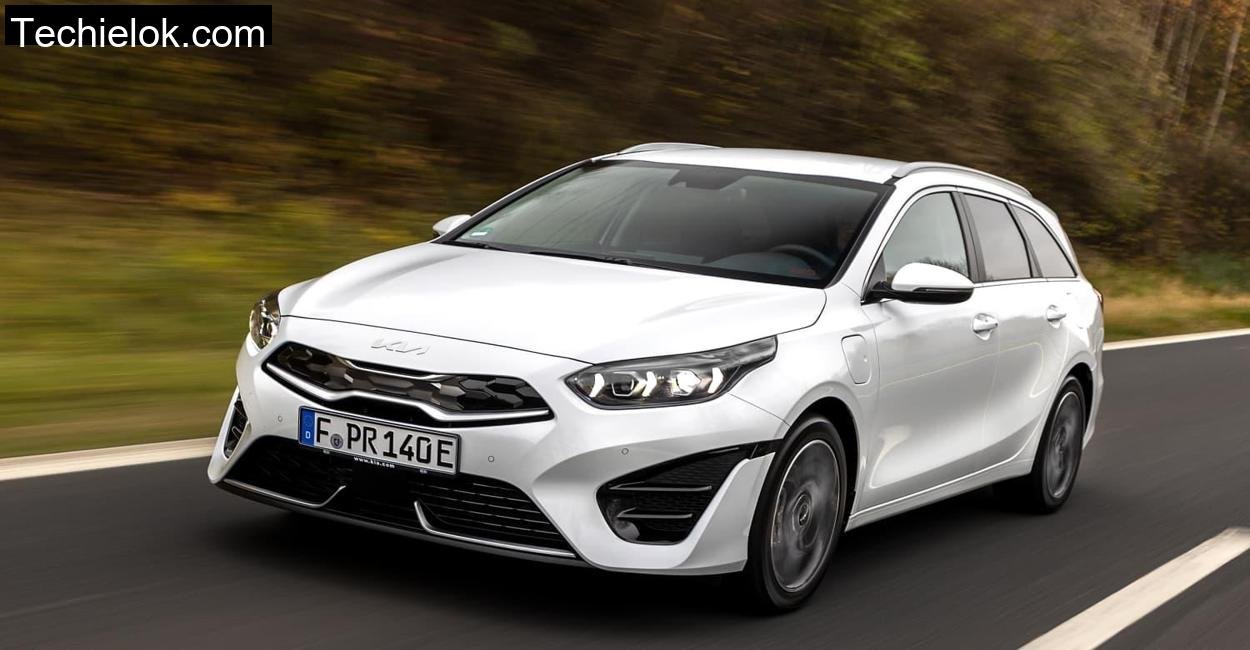The Mazda 3 e, Skyactiv X had been on my radar for a while, not because it shouted performance, or because it had some lavish luxury to flaunt, but because it quietly promised something that sounded almost too good to be true. The idea of a petrol engine that mimics the efficiency of a diesel intrigued me more than most hybrids or EVs these days. So when the chance came to drive the revised 2021 version across the winding, elevation, shifting terrain of the Harrl region in Lower Saxony, I grabbed the keys without hesitation.
The Harrl, for those unfamiliar, is not your typical testing ground. It’s a ridge of wooded hills and steep gradients that rise unexpectedly between the towns of Bückeburg and Obernkirchen. I’ve pedaled bicycles here, cursed the inclines, marveled at the views. Testing a car in this terrain means you’re putting not just the engine, but the entire drivetrain’s responsiveness and fuel behavior to task. There are no long highways to let the car settle into a lazy cruise. It’s the kind of place where every gear, every incline, every throttle input tells you a story about what the car truly is.
The Diesotto Dream Revisited
The Skyactiv X engine sits at the heart of this story, a 2.0, litre petrol engine that operates on a principle closer to a diesel, running extremely lean to maximize efficiency. The revised version I drove promised around 5.0 liters/100 km on paper and used regular 95, octane petrol. Compression ignition is the wizardry here, made possible by a clever double injection strategy that creates lean and rich pockets of air, fuel mixture in the combustion chamber. Mazda’s idea is simple: spark where needed, compress where possible, and squeeze every bit of energy out of each drop of fuel.
On paper, it’s brilliant. Behind the wheel, it becomes more than that, it becomes quietly addictive.
Engine and Driving Feel in the Harrl
The first few kilometers through the village outskirts of Obernkirchen were uneventful. But as I began to climb the narrow forest road toward the Harrl Tower, things changed. The Skyactiv X engine is not turbocharged, yet the way it pulls from low revs is uncommonly diesel, like. I often found myself at 1,800 rpm in third or fourth gear, expecting a shudder or a lack of response, only to be met with steady torque and smooth momentum.
Mazda quotes 240 Nm at 4,000 rpm, but in reality, you’re getting meaningful shove long before that. Unlike turbocharged units that offer a sudden wall of torque, the Skyactiv X builds its power progressively. It makes the car feel naturally tuned to its environment, no jerky launches, no laggy boost. Just clean, predictable response.
The steep gradient near the backroad leading up from Vehlen exposed the engine’s transitional behavior. I mashed the throttle in second gear on a hairpin incline and felt the engine seamlessly switch to conventional spark ignition. I couldn’t feel the change, but I could hear the slightly more eager roar from the engine bay. It was subtle, but it gave me confidence that Mazda’s technology wasn’t just for the brochure.
And yet, there’s a caveat: if you want to really wring out the 186 horses, you’ll need to spin the motor past 5,000 rpm. That’s where the Skyactiv X behaves like a naturally aspirated petrol, strong, linear, but without the turbo whoosh many drivers have grown used to. It rewards smooth inputs more than aggressive ones.
Interior and Cockpit Feel
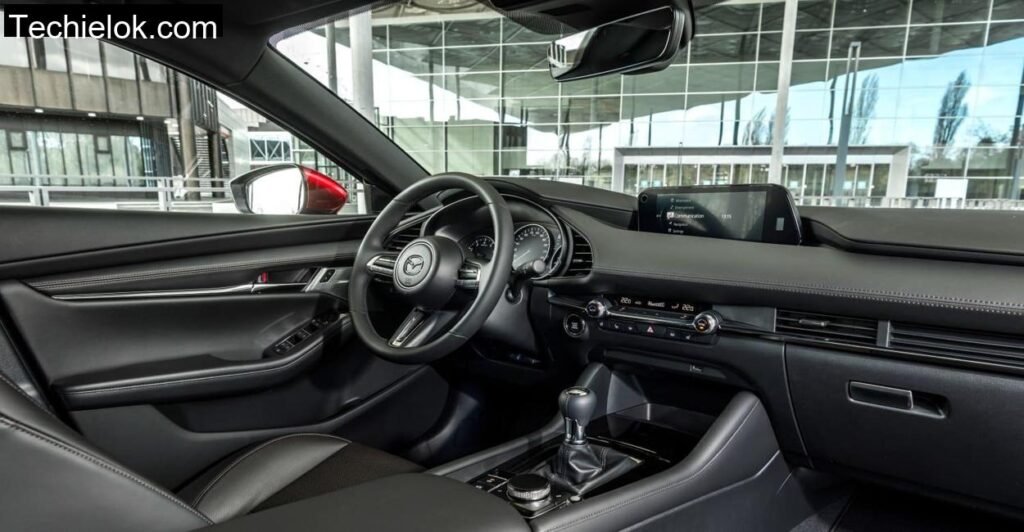
Inside the cabin, the experience was delightfully Mazda. Clean design, minimal distractions, and a focus on materials that feel worth your money. The updated model’s tweaks were subtle, better seat bolstering, a revised infotainment interface that finally felt modern. The 8.8, inch central screen still uses Mazda’s rotary controller, which I prefer over touchscreens, especially on twisty terrain where you don’t want to stab your finger at pixels mid, corner.
The seating position is low and sporty, and the steering wheel feels fantastic in hand. It’s thick without being bloated and communicates well. As I twisted through the curves above the Harrl quarry path, the feedback through the wheel felt almost mechanical, there’s no artificial heft here, just honest responses. The chassis is stiff yet forgiving, and while it doesn’t beg for hooliganism, it rewards balance and precision.
On descents, engine braking was adequate. Downshifting didn’t feel necessary unless I really wanted to dive into a corner aggressively. The six, speed manual I drove had short, satisfying throws, and the clutch was light enough for stop, and, go traffic but communicative enough to enjoy.
Ride Comfort and Handling
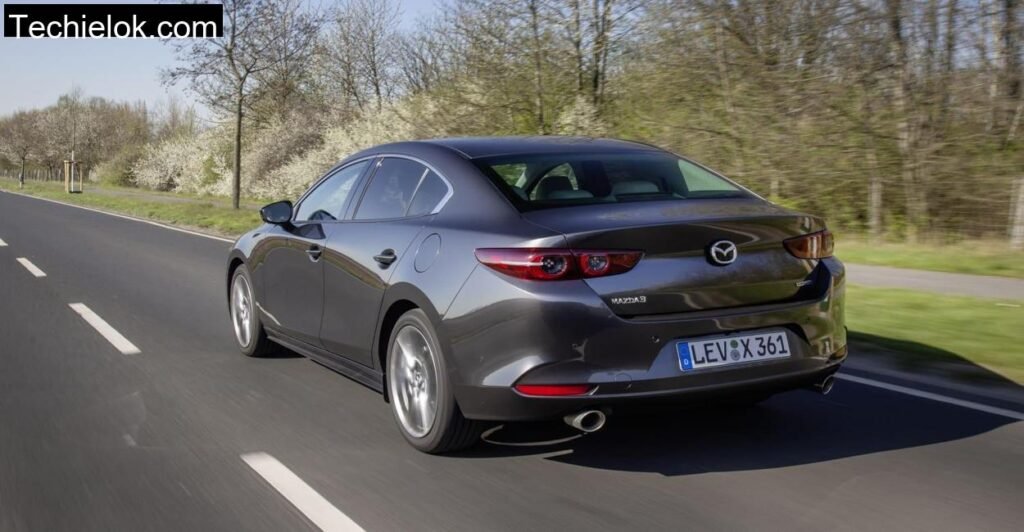
The real star in the ride, handling balance is the suspension setup. The Mazda 3 doesn’t use adaptive dampers, but it honestly doesn’t need them. The car floated over Harrl’s cracked pavement and rutted forest access roads with a level of poise I didn’t expect. The rear torsion beam setup (yes, Mazda still sticks to that) never felt compromised, even on the cambered turns leading down toward Heeßen.
Cornering is neutral, with just a hint of safe understeer if you really push. The car’s weight, just under 1,400 kg, means you can play a little before electronics gently step in. But for 90 percent of daily driving or spirited backroad jaunts, it’s spot, on.
Real, World Efficiency
Let’s talk numbers. I reset the trip meter before leaving Bückeburg, with a tank of 95 RON. Across 137 kilometers of climbing, descending, idling at village roundabouts, and gunning it on open backroads, I averaged 5.7 L/100 km. That’s slightly above the WLTP claim, but miles better than what I’d expect from a similarly powerful petrol engine without turbocharging.
In one particularly lean stretch of downhill coasting, the readout briefly showed 3.4 L/100 km average for the trip segment. Mazda wasn’t bluffing, the lean, burn magic does work, as long as you let it. Driving this car like a hot hatch will raise that figure past 6.5, but cruising in gear with light throttle? That’s where the tech shines.
Technical Specifications
All technical details are referenced in real time from Mazda official site to uphold accuracy.
| Specification | Detail |
| Engine Type | 2.0L e, Skyactiv X (Petrol, MHEV) |
| Displacement | 1,998 cc |
| Max Power | 186 hp (137 kW) @ 6,000 rpm |
| Max Torque | 240 Nm |
| Transmission | 6, speed manual |
| Drive Type | Front, wheel drive |
| 0, 100 km/h | 8.1 seconds |
| Top Speed | 216 km/h |
| Fuel Economy (WLTP combined) | 5.0 L/100 km |
| CO₂ Emissions (WLTP) | 114 g/km |
| Length × Width × Height | 4,660 × 1,795 × 1,440 mm |
| Curb Weight | 1,395 kg |
| Boot Capacity | 450 liters |
| Trailer Load (Braked) | 1,300 kg |
| Warranty | 6 years / 150,000 km |
| Base Price (Germany) | €30,890 |
Where the Mazda 3 e, Skyactiv X Makes Sense
As I parked by the Harrl Tower for a final photo, I realized the Mazda 3 Skyactiv X isn’t about thrills in the conventional sense. It’s not trying to outperform a hot hatch, nor does it have the silent, spaceship charm of an EV. Instead, it finds its niche in a middle space, a quiet revolution for those who want efficiency without sacrificing the visceral feel of combustion.
It’s a rare car that rewards thoughtful driving. Lift off early before a bend, coast when possible, let the engine work in its comfort zone, and it will repay you in efficiency and serenity. It’s not for everyone, but it never tried to be.
Conclusion: An Engineer’s Car for the Real World
The Mazda 3 e, Skyactiv X is a triumph of engineering ideology over trend, following. It dares to say no to turbos, no to full electrification, and yes to combustion rethought. While it may not shatter performance benchmarks, it fulfills its goal: to deliver diesel, like fuel efficiency with petrol smoothness.
It is the thinking driver’s car. If you enjoy being part of the drive rather than being chauffeured by software, you’ll appreciate this. Especially on roads like Harrl’s, winding, irregular, and demanding. The Mazda feels at home here. Not loud, not flashy, just deeply competent.
Is the Skyactiv X engine turbocharged?
No, it uses a supercharger, like air pump to ensure lean combustion but avoids traditional turbocharging.
Does Skyactiv X really behave like a diesel?
In terms of torque delivery and efficiency, yes, particularly at low to mid revs. But it maintains petrol, like smoothness and higher, end power.
How does Skyactiv X compare to hybrid rivals?
Hybrids beat it in stop, go traffic, but the Mazda shines on flowing roads. It’s simpler, lighter, and more connected
